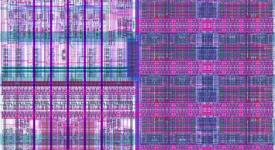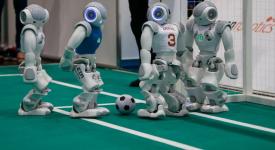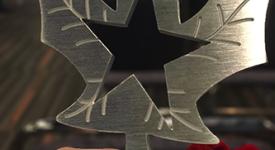Teaching Computers to Read with Machine Learning

11/01/2018 - The internet is a vast network of knowledge, containing the sum of humanity’s greatest accomplishments, algorithms, and stories. However, accessing this information usually requires the critical eye of a human user. Greg Durrett, a Texas Computer Science Assistant Professor, is using statistical machine learning to change just that.










